Book Club #9: The Personal MBA by Josh Kaufman
 Because college degrees carry (still) such an outsized weight of social proof, some business owners have been known to acquire an MBA after they’ve built, scaled, and sold a company.
Because college degrees carry (still) such an outsized weight of social proof, some business owners have been known to acquire an MBA after they’ve built, scaled, and sold a company.
Josh Kaufman persuasively argues in his 400+ page book The Personal MBA that you don’t need to do that.
Reading his book can distill most of the curriculum covered in most business schools. It’s been an international bestseller for years and is an excellent book to read for any business owner, whether they’re a rookie or a seasoned veteran.
Business Schools are behind
“…if business schools convey professionally useful knowledge – then a measure of how much one has learned or mastered the material, such as grades in course work, should be at least somewhat predictive of various outcomes that index success in business” and “...you realize that the concepts, principles, and techniques most business schools teach were designed for a very different world.”
These two quotes underline Kaufman’s thesis: If business schools were so great, their best graduates would do the best in business, but we see no clear correlation, and worse, the schools are teaching outdated information.
Define your terms
Kaufman defines a successful business as having the following 5 traits:
- Creates or provides something of value that…
- Other people want or need
- At a price they’re willing to pay, in a way that…
- Satisfies the purchaser’s needs and expectations and…
- Provides the business sufficient revenue to make it worthwhile for the owners to continue operation.
Thoughts to challenge
The book is chock full of maxims and is written in a “bite size” style in which no chapter is longer than 3-4 pages. Kaufman focuses on an idea at its core, reiterates its importance, and moves on. Examples include:
“If you’re looking for a new business idea, start looking for hassles.”
This is a much more visceral way of summing up the problem than “build a better mousetrap” in an age when most people have never seen a mousetrap, and would probably hurt themselves trying to set one.
“Advertising is the tax you pay for being unremarkable.”
This may hurt to hear, especially if you have to do a lot of advertising for your products or services. But this follow-up elaborates: “The product that will not sell without advertising will not sell profitably with advertising.”
“If you can’t describe what you’re doing as a process, you don’t know what you’re doing.”
We talk about systems frequently here at Apex, because systems being in place is what we see as a commonality in the most successful business sales. You start building those systems by even being able to articulate them out loud. If you can’t do that, you’re in real trouble.
So do yourself, your customers and your business a favor and check out The Personal MBA today. It may be one of the best things you ever do for your business.

 The order confirmation email he and his team composed became viral:
The order confirmation email he and his team composed became viral: Marty Neumeier’s short slide-presentation book,
Marty Neumeier’s short slide-presentation book, 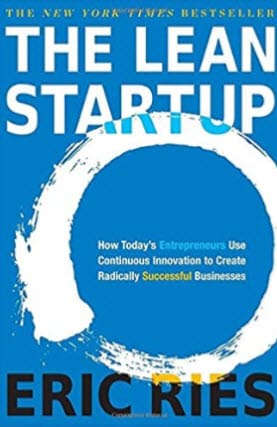
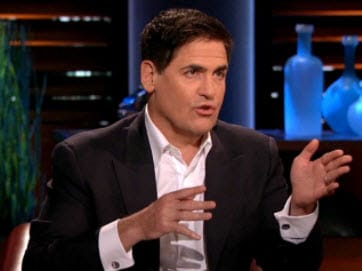 Mark Cuban is a man who needs no introduction. He’s best known today as one of the sharks in the ABC Emmy-award-winning series,
Mark Cuban is a man who needs no introduction. He’s best known today as one of the sharks in the ABC Emmy-award-winning series, 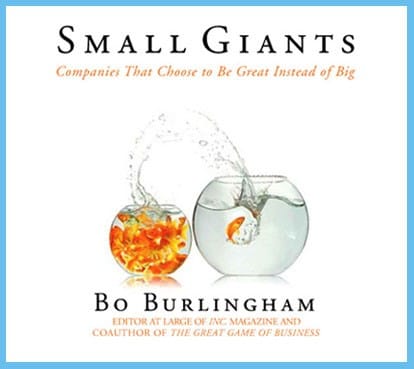
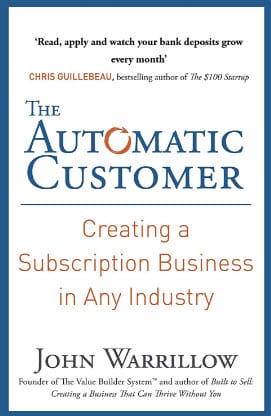
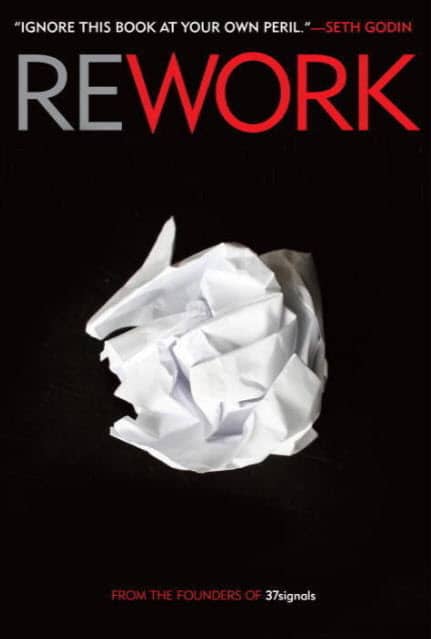
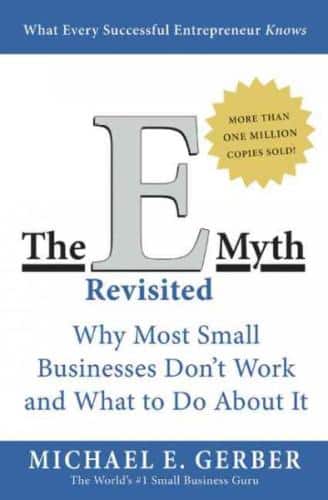 About the Author
About the Author